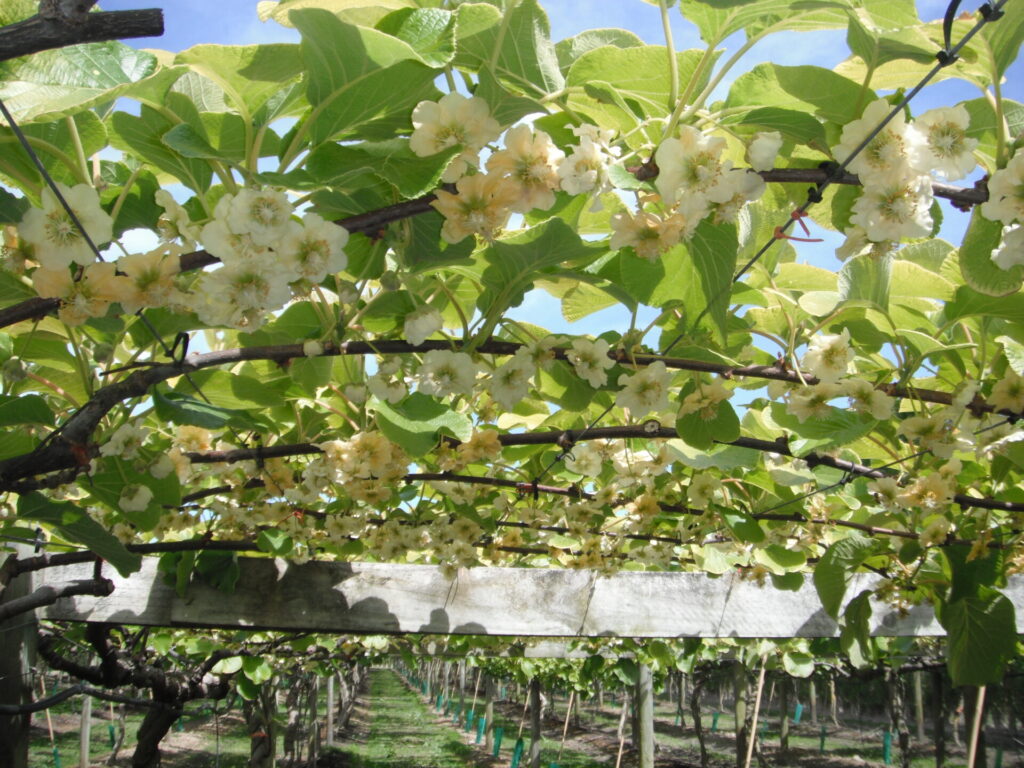This deciduous plant that was introduced in1962 and its 3 inch fruit is classified as a berry. It has an
oval shape with a furry brown skin edible skin. The green inside has tiny black seeds that can also be
eaten. Leaves of this plant are leathery in texture and are dark green colored.
They are huge in size of being about 7 to 10 inches diameter and oval shape. The woody vine can
grow 15–30 ft. tall and 6–10 ft. wide. From the family Actinidiaceae, its male plants have their fibers
more visible and they don’t grow white hairs while the females are way more sensitive, grow white
hairs and their fibers are not so strong and visible, like the male ones are. Some other common names
are Chinese gooseberry, woody vine, wood berry, hairy bush fruit, unusual fruit, and even wonder fruit.
It has a sweetish tart taste. Its taste can be compared with that of strawberries or melons or even
nectarines.






